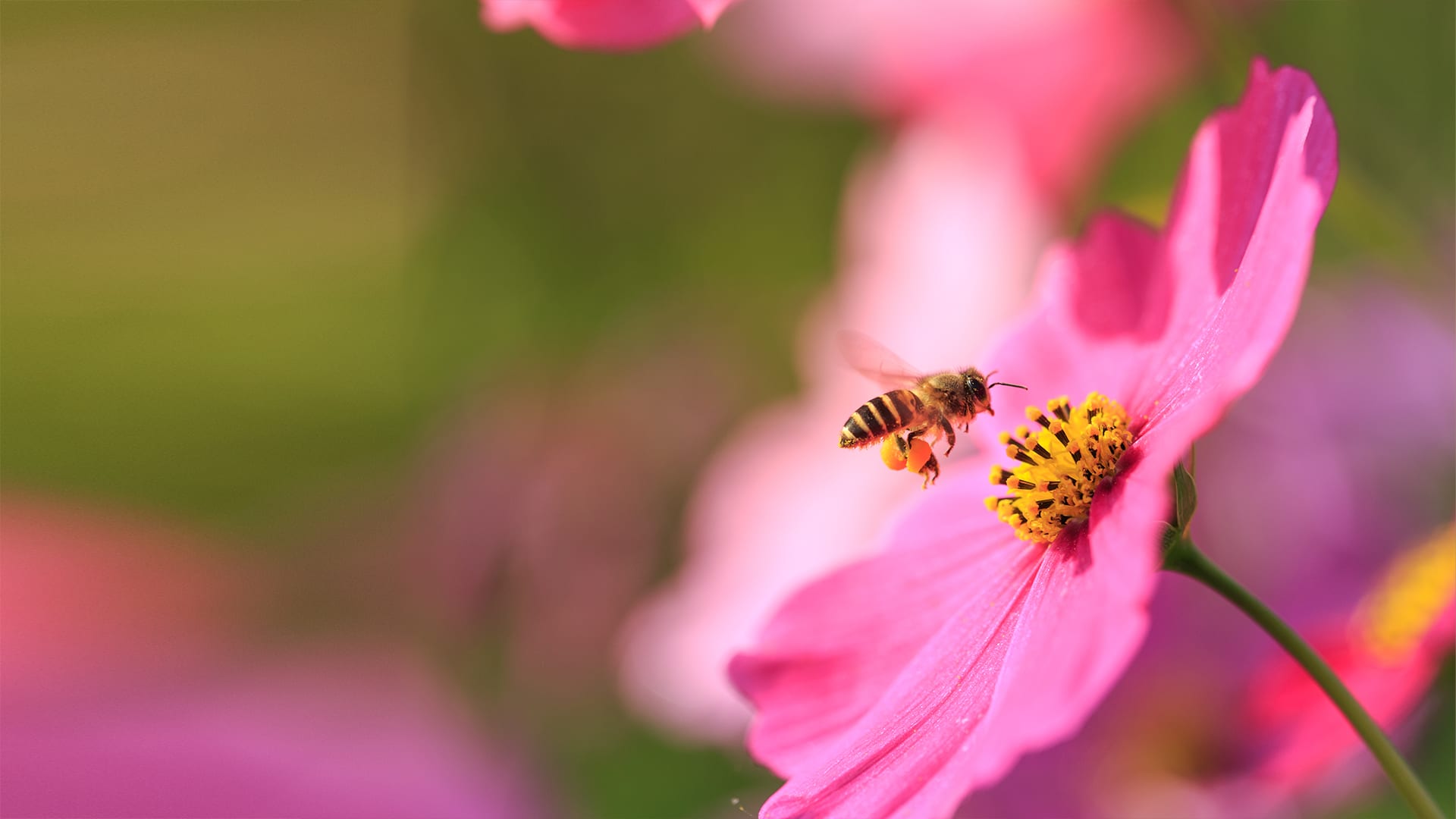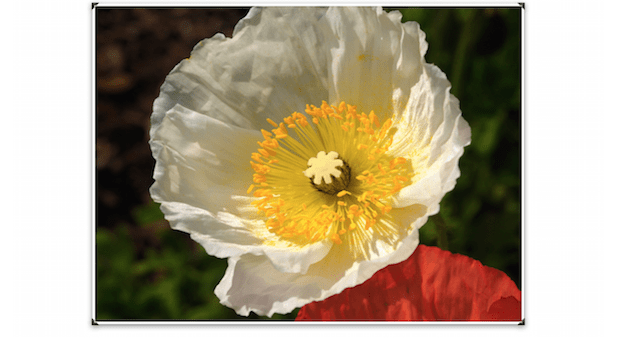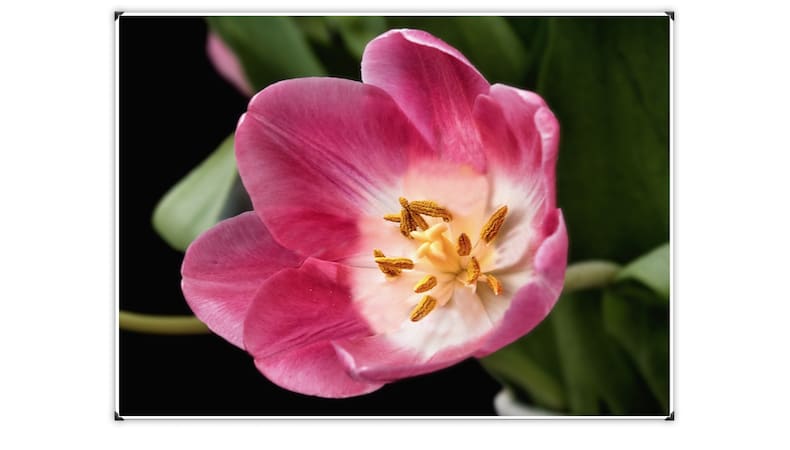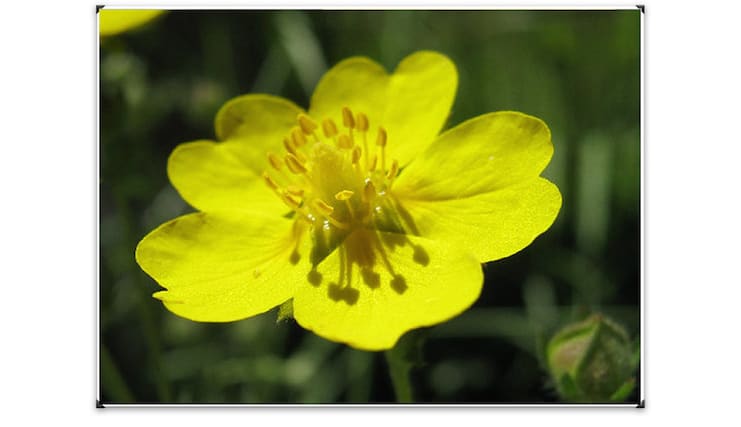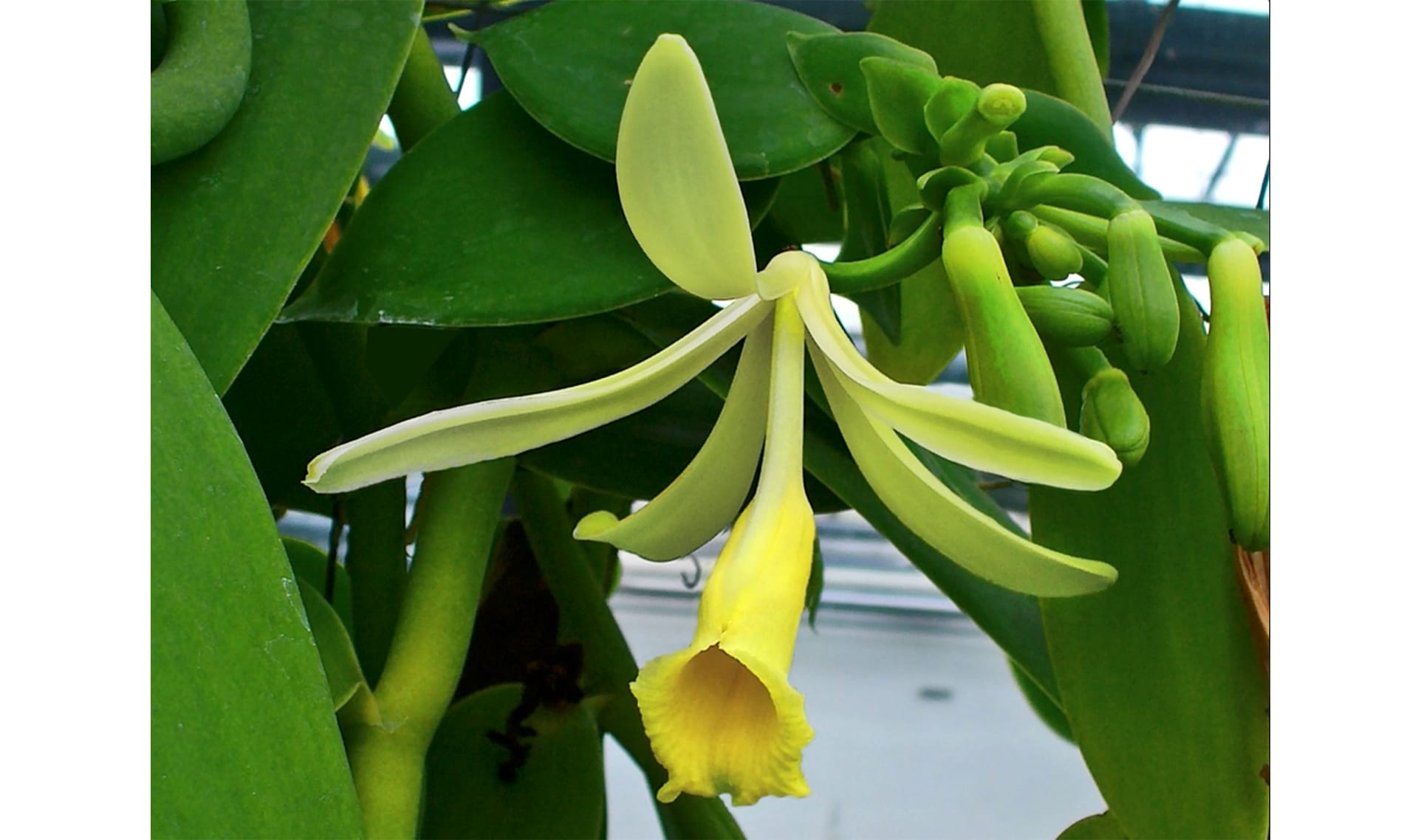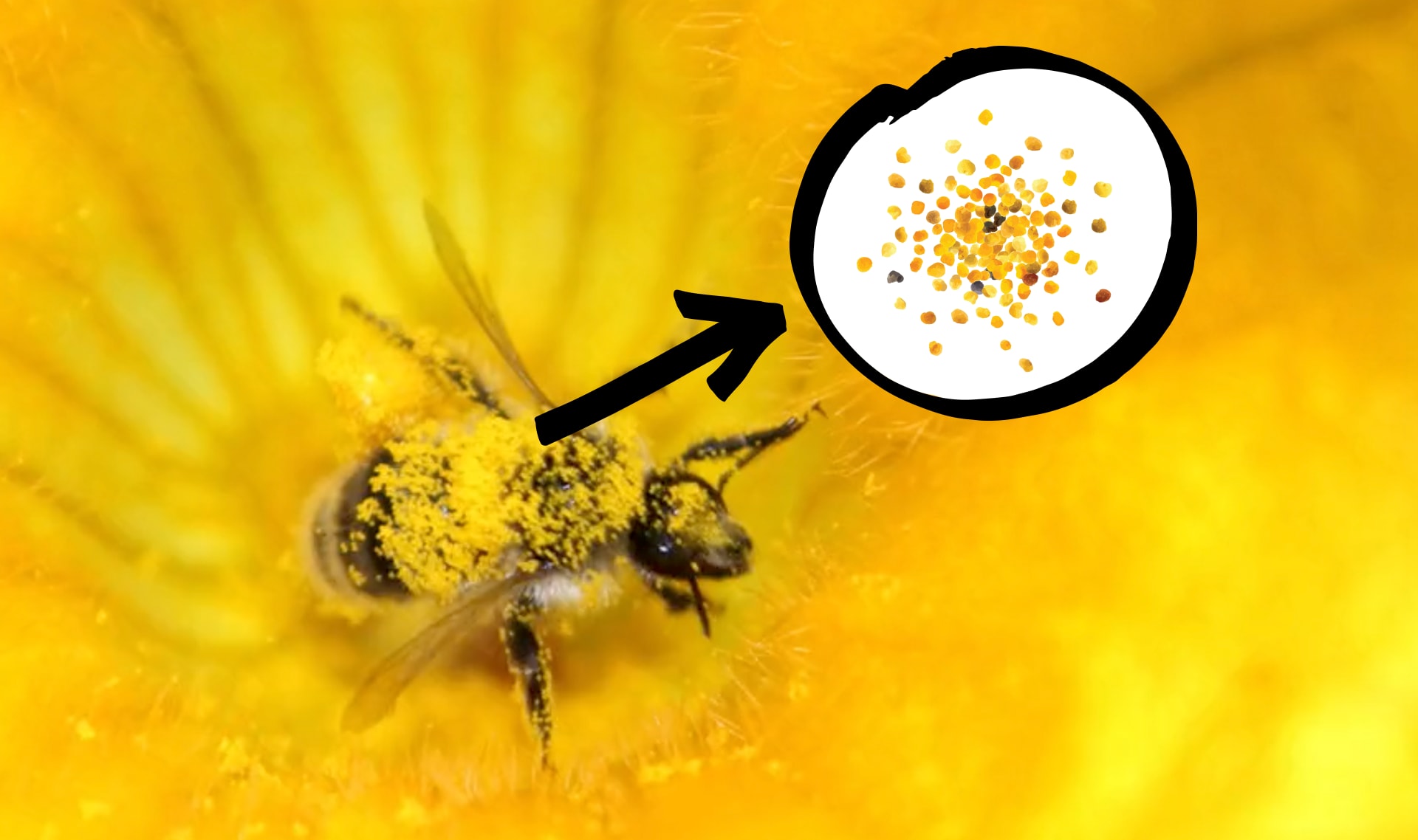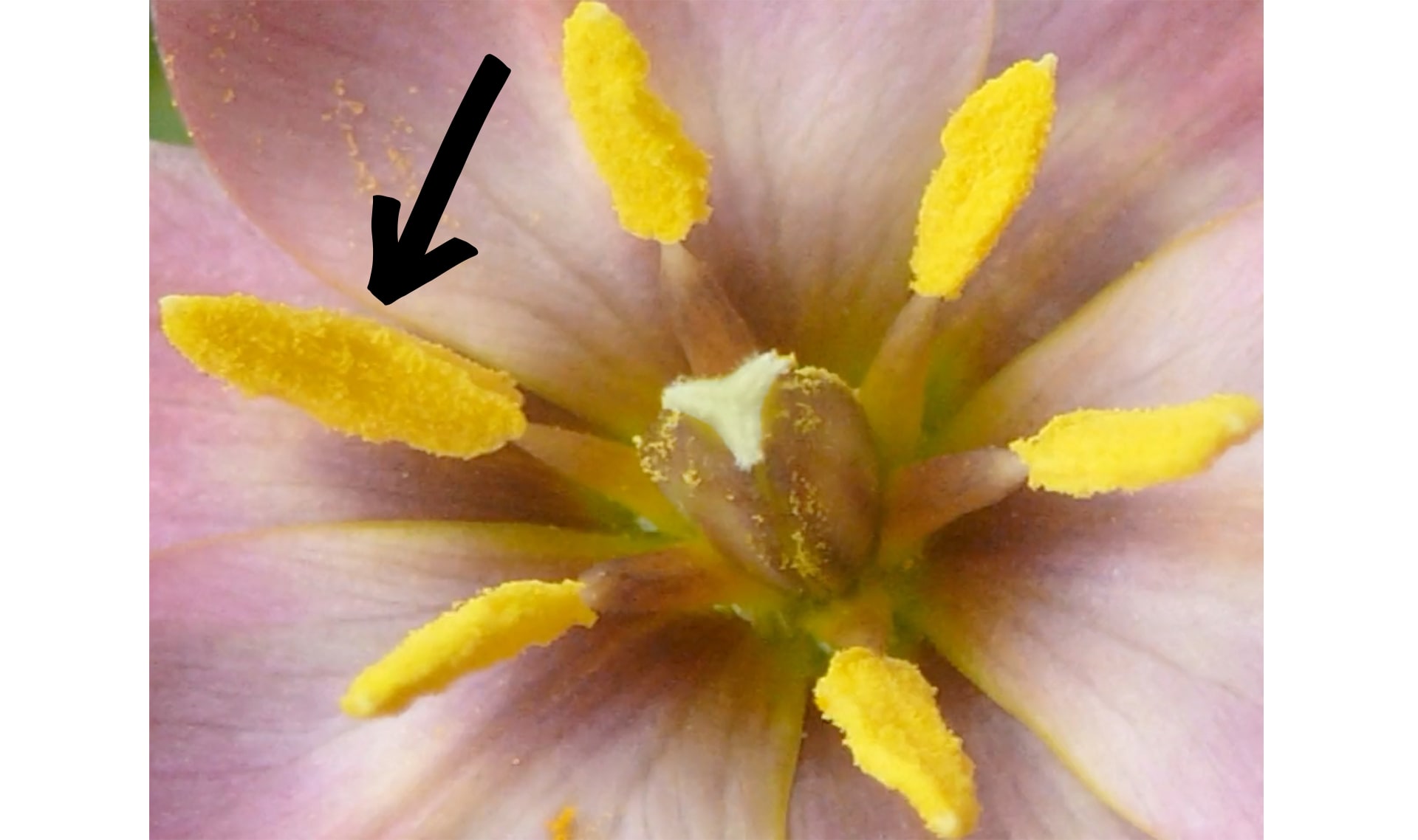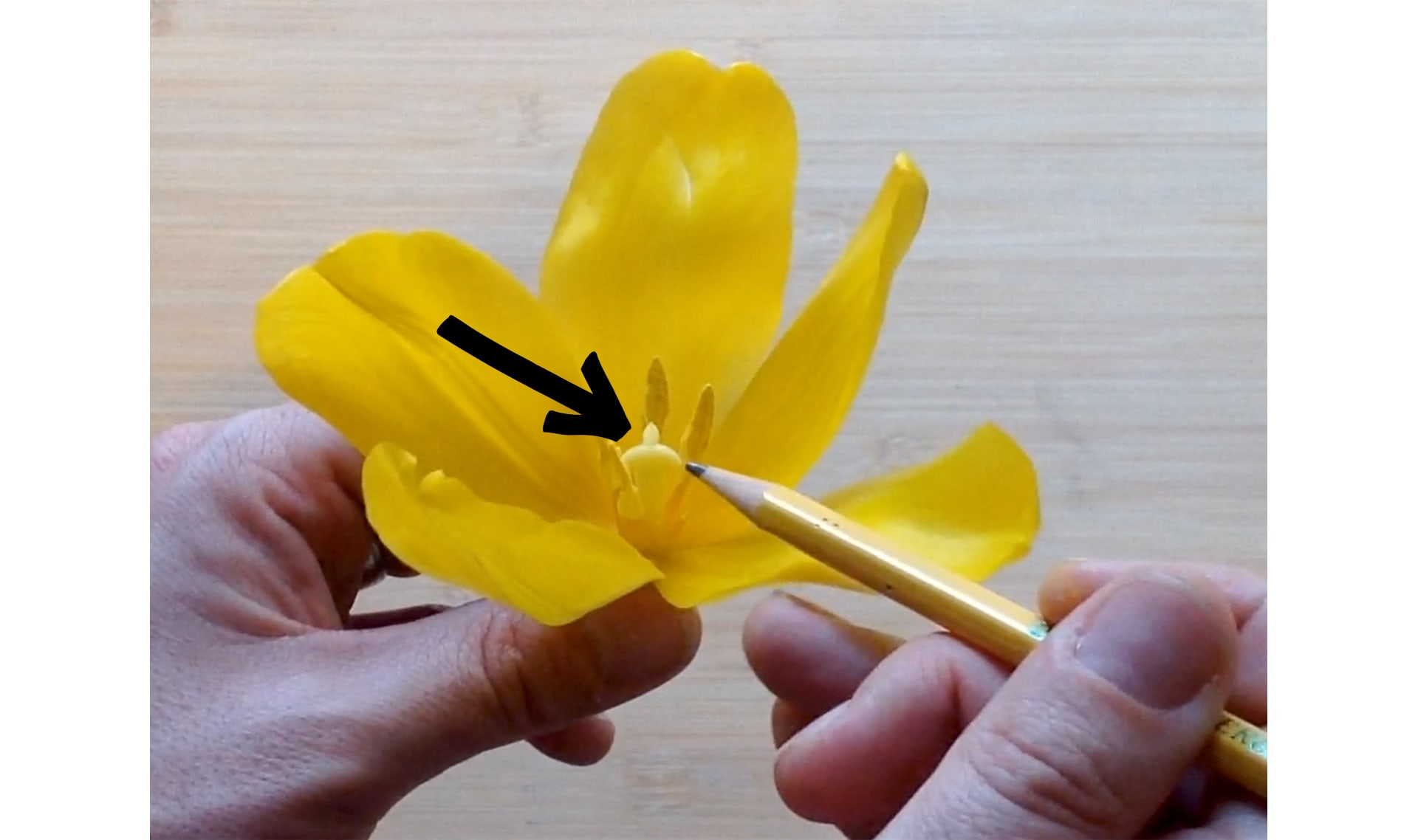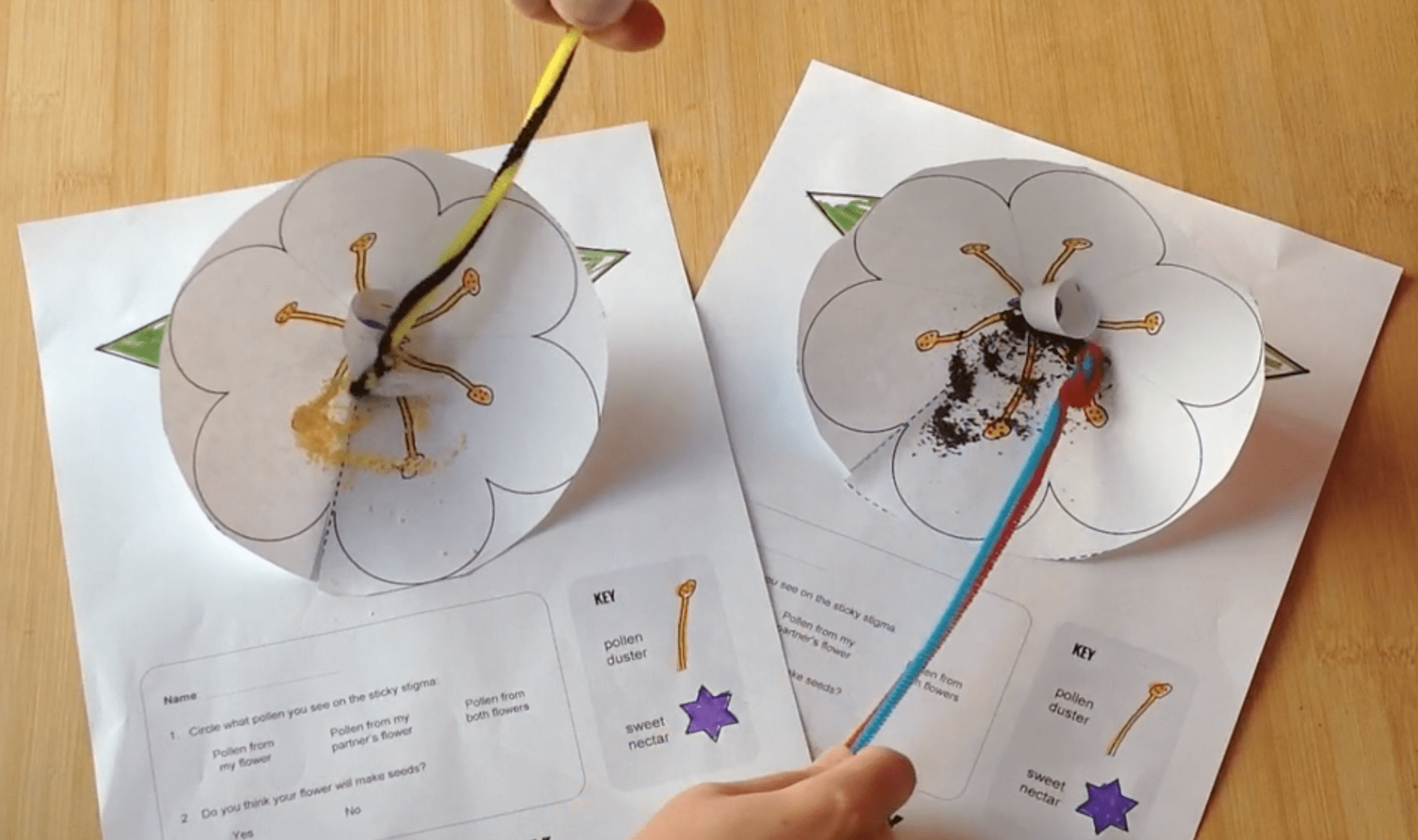Mystery Science respects the intellectual property rights of the owners of visual assets.
We make every effort to use images and videos under appropriate licenses from the owner or by
reaching out to the owner to get explicit permission. If you are the owner of a visual and
believe we are using it without permission, please
contact us—we will reply promptly and make
things right.
Exploration
lemonade stand by
Joshua Ommen
, used under CC BY-SA
ice cream by
Davgood Kirshot
grocery store aisle by
Bidgee
, used under CC BY-SA
chocolate syrup by
Daniel Oines
, used under CC BY-SA
ice cream by
stu_spivack
, used under CC BY-SA
Vanilla Beans by
Alphaomega1010
, used under CC BY-SA
vanilla seed pods by
B.navez
, used under CC BY-SA
trowel by
walkersalmanac
plant with dying flowers by
Image used under license from Shutterstock.com: Kletr
greenhouse by
Pastorius
, used under CC BY-SA
Vanilla pompona by
H. Zell
, used under CC BY-SA
person on laptop by
Image used under license from Shutterstock.com: Andrey Popov
bees/flowers by
MrWallybutler
bee/flower by
Bernie Kohl
lavender seeds by
Hans Braxmeier
babies by
Image used under license from Shutterstock.com: Gelpi JM
sprout by
lanailic
spring flower w/bee by
Dirk Fuhlert
bee with pollen by
gailhampshire
, used under CC BY-SA
George Washington Carver by
Alabama Department of Archives and History
, used under Public Domain
plant pollen by
Madecasse
clock in grass by
Alexas_Fotos
Vanilla bahiana by
Orchi
, used under CC BY-SA
kid with headache by
espies
bee/rose by
motoronna
lily flower by
Image used under license from Shutterstock.com: AN NGUYEN
animated grad cap by
ClkerFreeVectorImages
animated mag glass by
OpenClipartVectors
bee inside flower by
Image used under license from Shutterstock.com: ileana_bt
bee flower pollen by
Vita Serendipity
bee tongue by
pam newcombe
animated juicebox by
OpenClipartVectors
maple syrup by
Miguel Andrade
tree by
Bruce Marlin
, used under CC BY-SA
sugar by
422737
sugar cane by
parhessiastes
, used under CC BY-SA
Activity
white lily by
alex grichenko
two bees by
Waugsberg
, used under CC BY-SA

